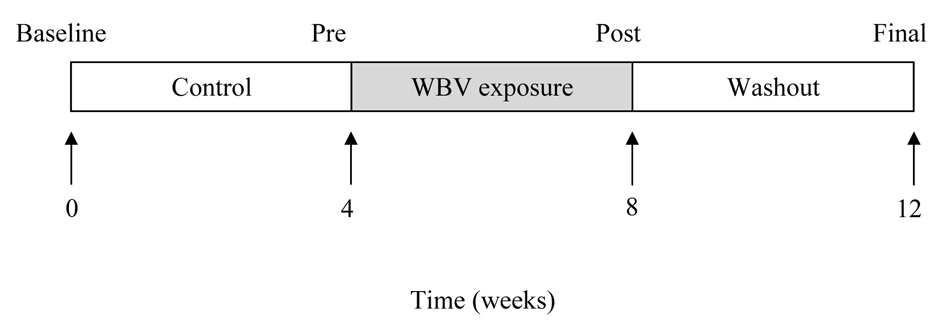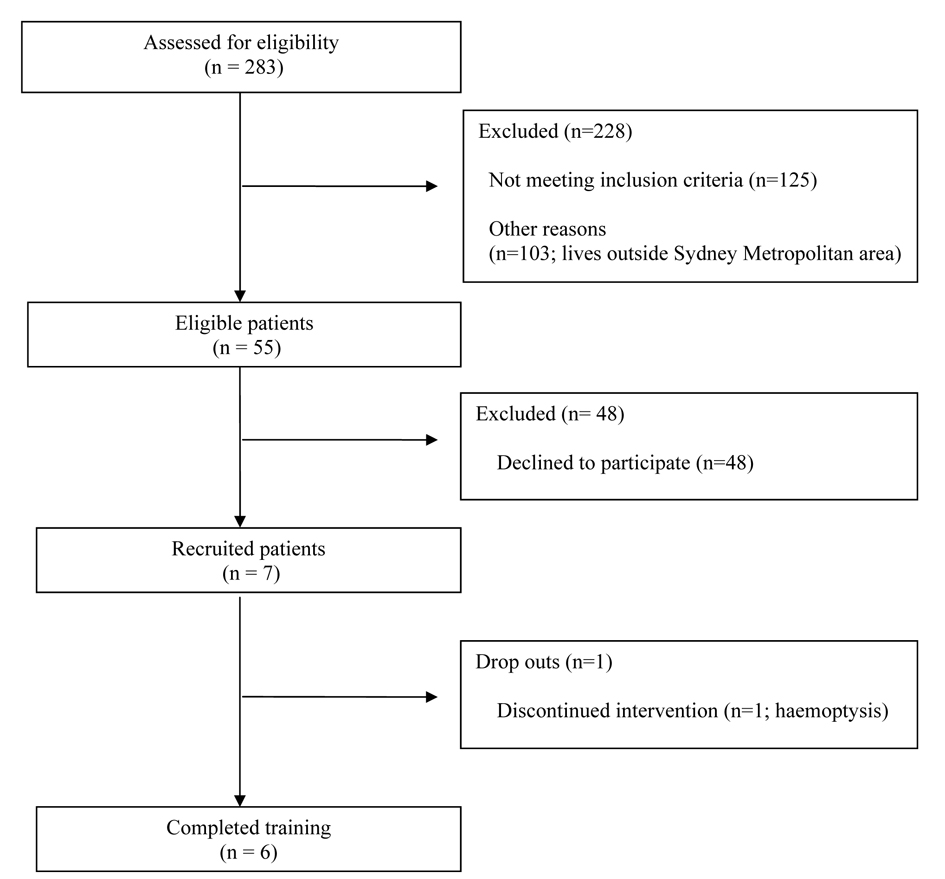
Figure 1. Study Design. The arrows indicate 4 test occasions over the twelve weeks. Baseline values were obtained at week 0, at end of Control period testing at week 4, at end of Vibration exposure period at week 8, and at end of Washout period between week 8 and at week 12. The black rectangle indicates the training weeks, and the white rectangle shows when there was no applied intervention. Usual care was given throughout the twelve weeks. In the Control and Washout periods, participants continued usual physical activity.
